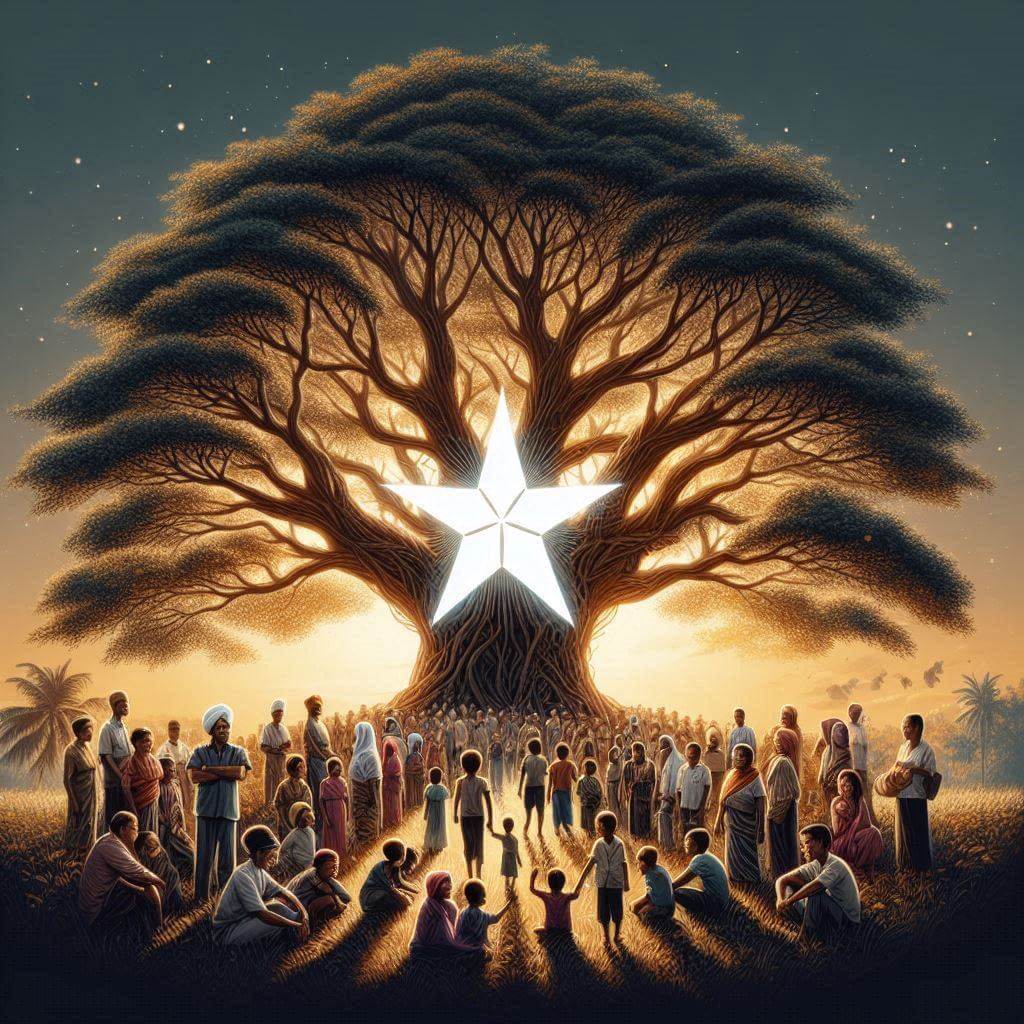The flag of Timor-Leste, also known as East Timor, features a bold and symbolic design that reflects the nation's tumultuous history and aspirations for the future. It consists of a red field with a black isosceles triangle on the hoist side, which contains a white five-pointed star. On the fly side, there is a smaller yellow isosceles triangle.
Timor-Leste information
| National Flag Day | May 20th, November 28th |
| Sovereign state | Yes |
| Official name | Democratic Republic of Timor-Leste |
| Capital | Dili |
| Population | 1,318,445 |
| Area | 14,874 km² |
| Currency | United States dollar (USD) |
| Language | Tetum, Portuguese |
| Continent | Asia |
| Region | Southeast Asia |
| Subregion | — |
| Borders | Indonesia |
| Timezone | TLS Time (TLT) UTC+9 |
| Calling code | +670 |
| Top-level domain | .tl |
History of the Timor-Leste Flag
 The current flag of Timor-Leste was officially adopted on May 20, 2002, coinciding with the country's independence from Indonesia. However, its design dates back to 1975 when it was first used by FRETILIN (Revolutionary Front for an Independent East Timor) during the brief period of independence before Indonesian occupation. The flag's survival through years of struggle symbolizes the resilience and determination of the Timorese people.
The current flag of Timor-Leste was officially adopted on May 20, 2002, coinciding with the country's independence from Indonesia. However, its design dates back to 1975 when it was first used by FRETILIN (Revolutionary Front for an Independent East Timor) during the brief period of independence before Indonesian occupation. The flag's survival through years of struggle symbolizes the resilience and determination of the Timorese people.
Symbolism and Design of the Timor-Leste Flag
Each element of the Timor-Leste flag carries deep symbolic meaning, reflecting the country's history, struggles, and hopes:
- The red field represents the struggle for national liberation and the sacrifices made by the Timorese people in their quest for independence.
- The black triangle symbolizes the obscurantism that needs to be overcome, referring to the dark periods of colonialism and occupation in Timor-Leste's history.
- The yellow triangle represents the traces of colonialism in the country's history but also symbolizes the hope for a brighter future.
- The white star, centered within the black triangle, represents peace and serves as a guiding light for the nation. Its five points symbolize the light that guides in the five fingers of the hand, in the five regions of the country, or in the five principles of nationalism.
Usage and Significance of the Timor-Leste Flag
 The flag of Timor-Leste is a powerful symbol of national identity and unity. It is prominently displayed on government buildings, schools, and during national celebrations such as Independence Day on May 20th and Restoration of Independence Day on November 28th. The flag serves as a reminder of the country's hard-fought journey to independence and symbolizes the resilience, unity, and hope of the Timorese people.
The flag of Timor-Leste is a powerful symbol of national identity and unity. It is prominently displayed on government buildings, schools, and during national celebrations such as Independence Day on May 20th and Restoration of Independence Day on November 28th. The flag serves as a reminder of the country's hard-fought journey to independence and symbolizes the resilience, unity, and hope of the Timorese people.
In international contexts, the flag represents Timor-Leste at diplomatic events, United Nations gatherings, and global sports competitions. It embodies the young nation's aspirations for peace, development, and recognition on the world stage.
Interesting Facts About the Timor-Leste Flag
- Timor-Leste is one of the youngest countries in the world, gaining full independence in 2002 after centuries of Portuguese colonization and decades of Indonesian occupation.
- The flag's design was created by Fransisco Borja da Costa, a Timorese nationalist and poet who was killed during the Indonesian invasion in 1975.
- During the Indonesian occupation (1975-1999), displaying the Timor-Leste flag was strictly forbidden and could result in severe punishment.
- The flag's proportions are 1:2, making it slightly longer than many other national flags.
- The exact shades of colors used in the flag are specified by law to ensure consistency in all official representations.